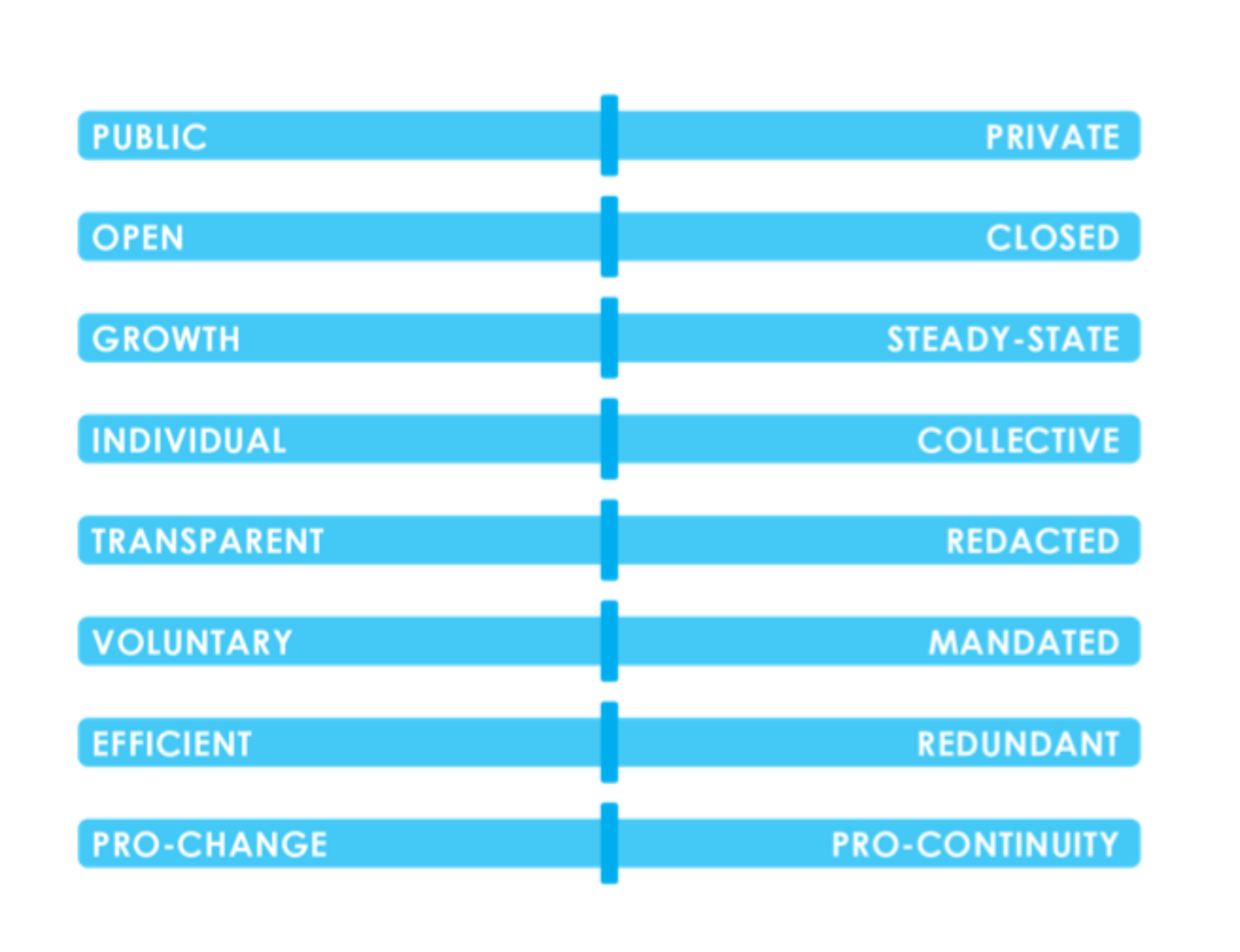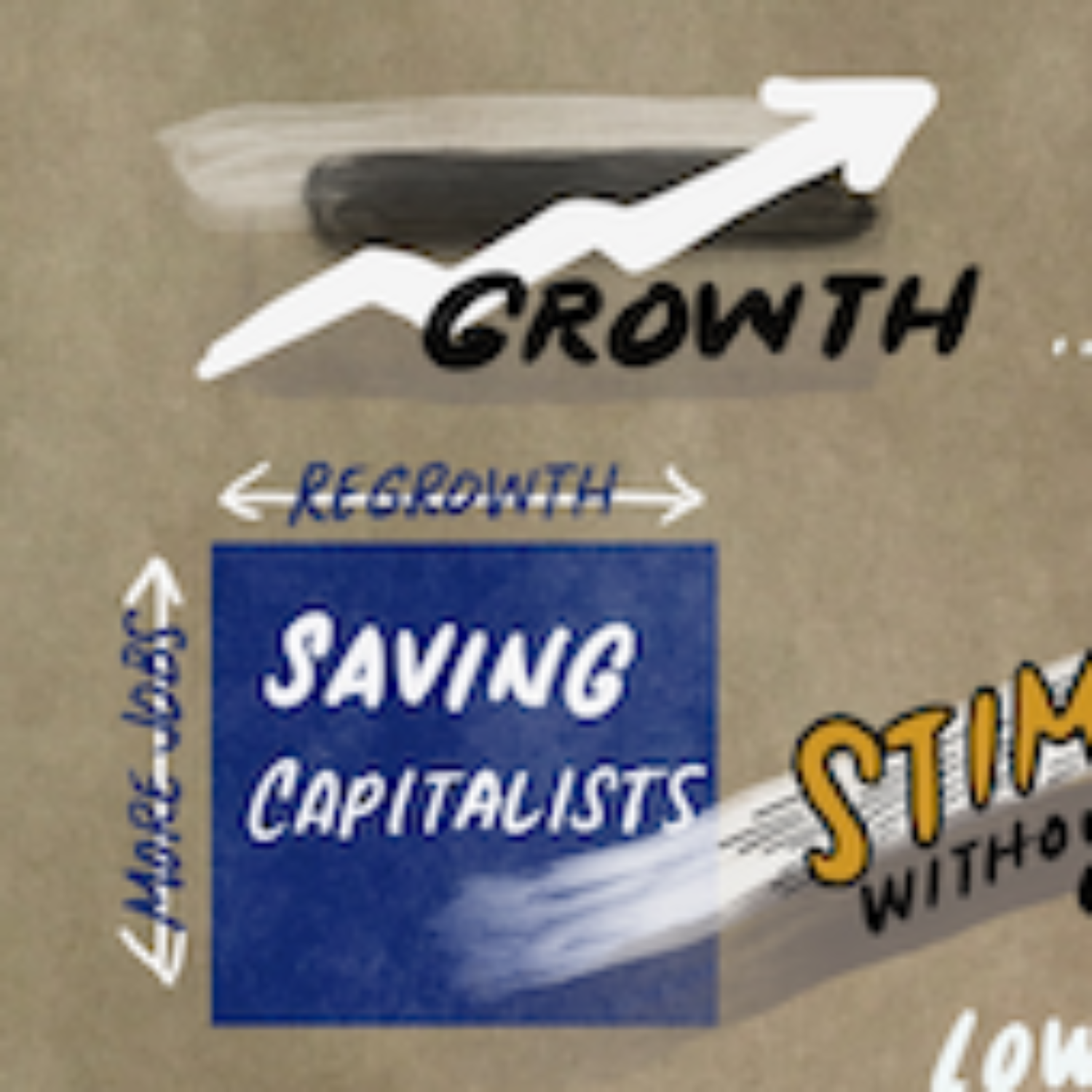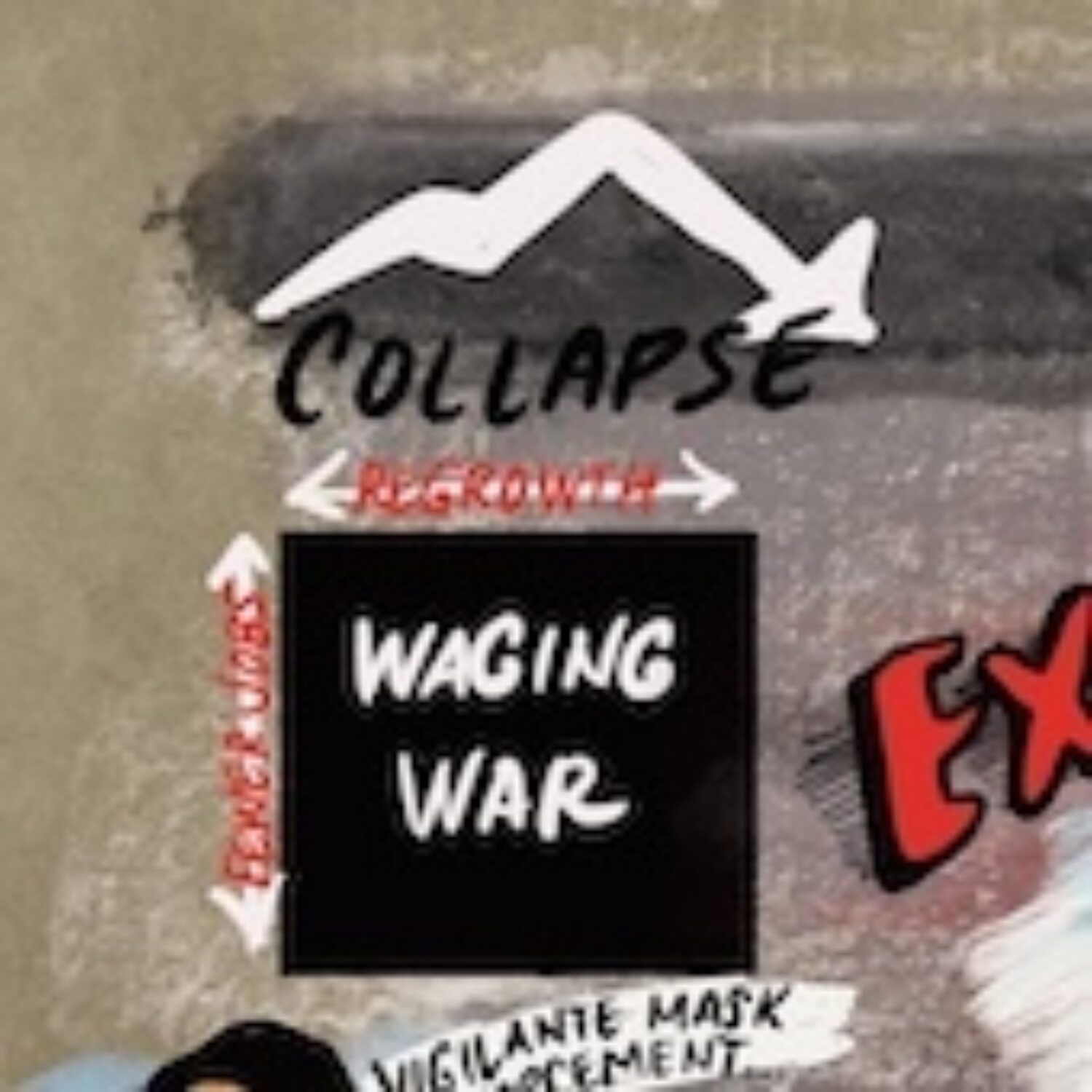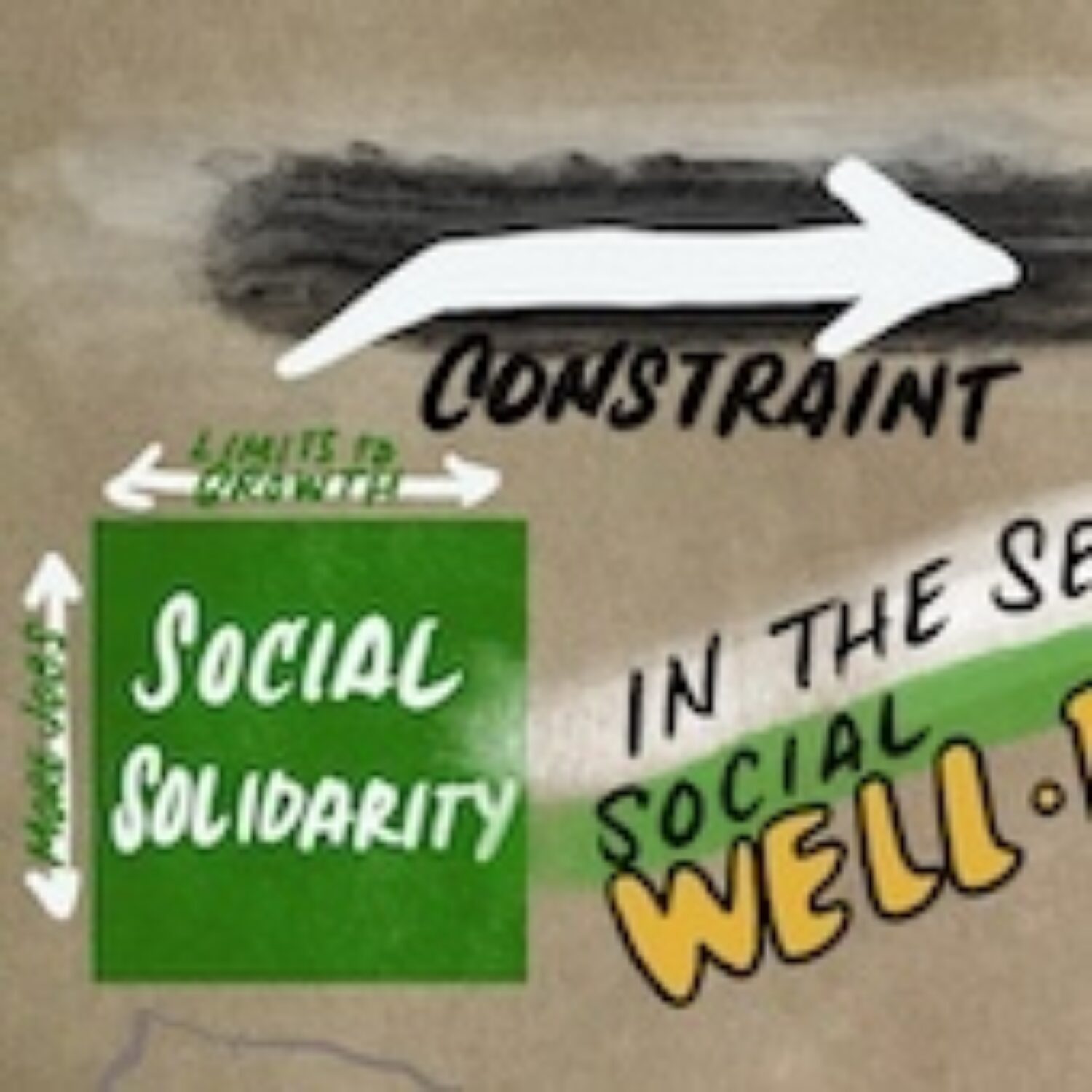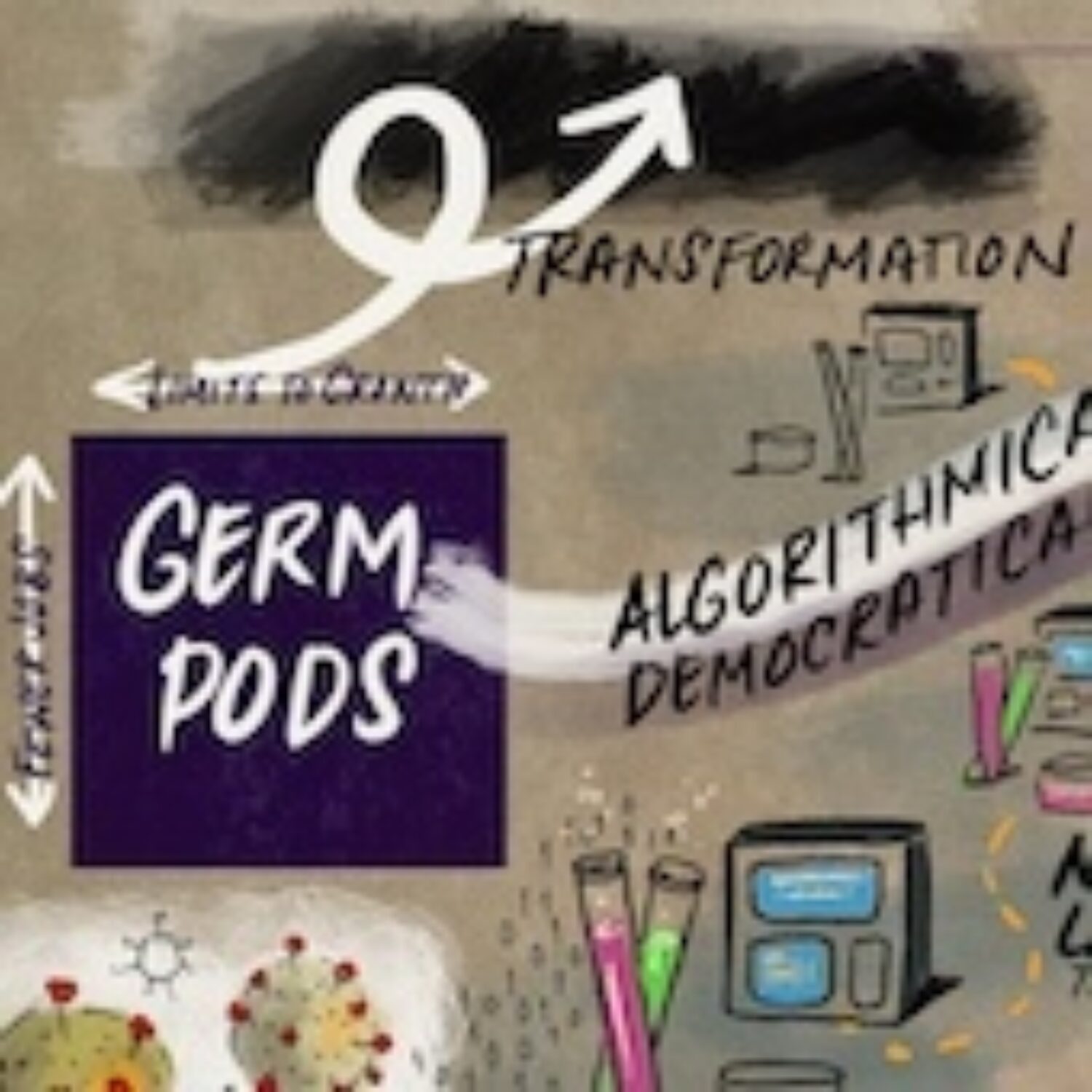With the support of Blue Shield of California Foundation and The James Irvine Foundation—IFTF wants to offer the public—communities, policymakers, civic and business organizations—a guide to creating new visions of the common future.
Think of this guide as a recipe with ingredients that you will need to imagine what is desirable, what you might want to avoid, and what you need to prepare for. What kinds of scenarios might it inspire?
Here’s a preview of the basic steps and some sketches of four alternative futures that the Institute for the Future will be using over the coming months to catalyze the insights of frontline workers, community voices, academic thought leaders, and policymakers.

